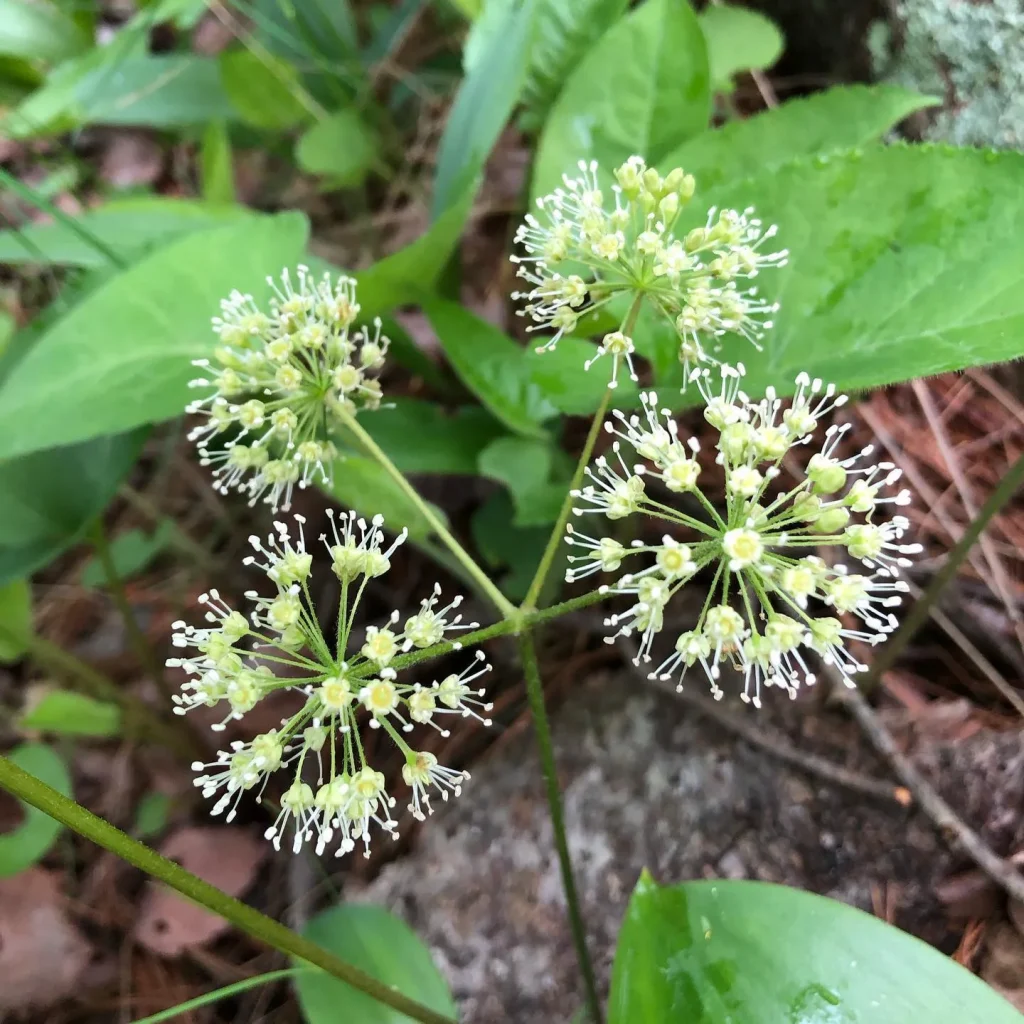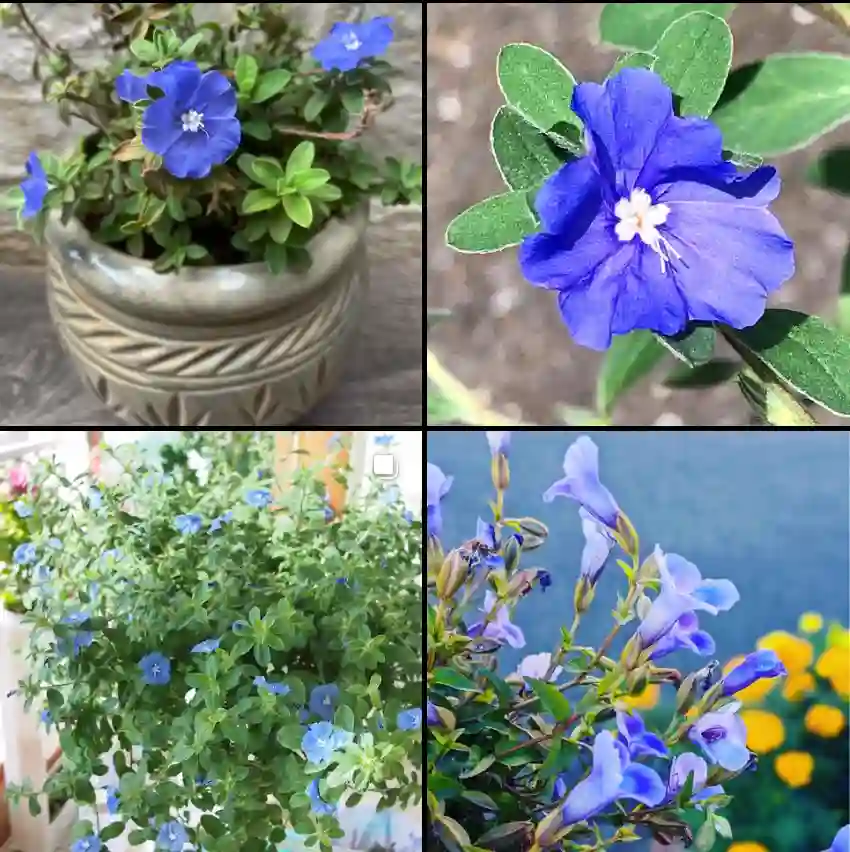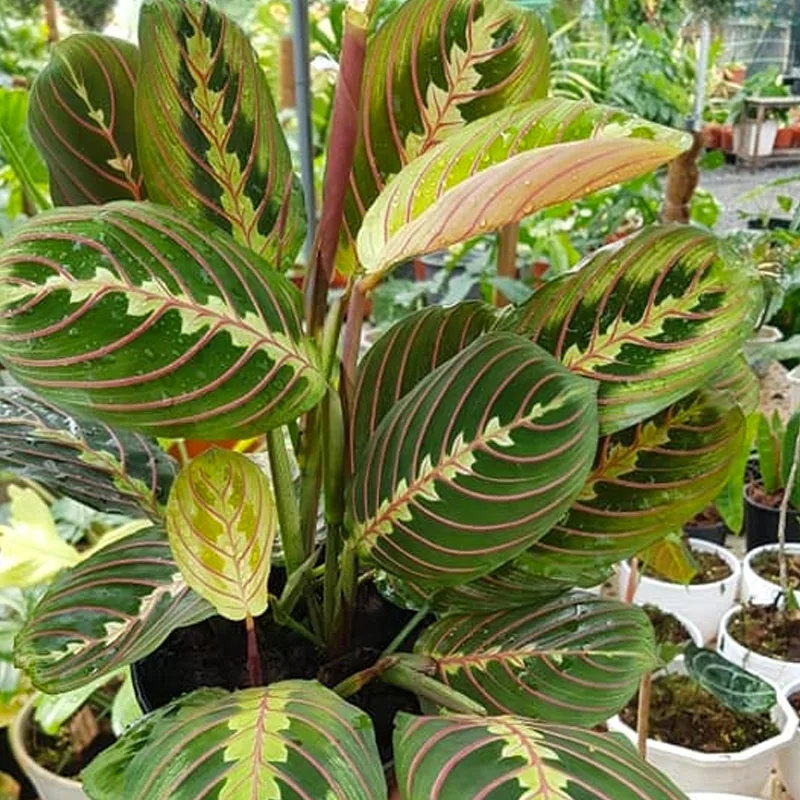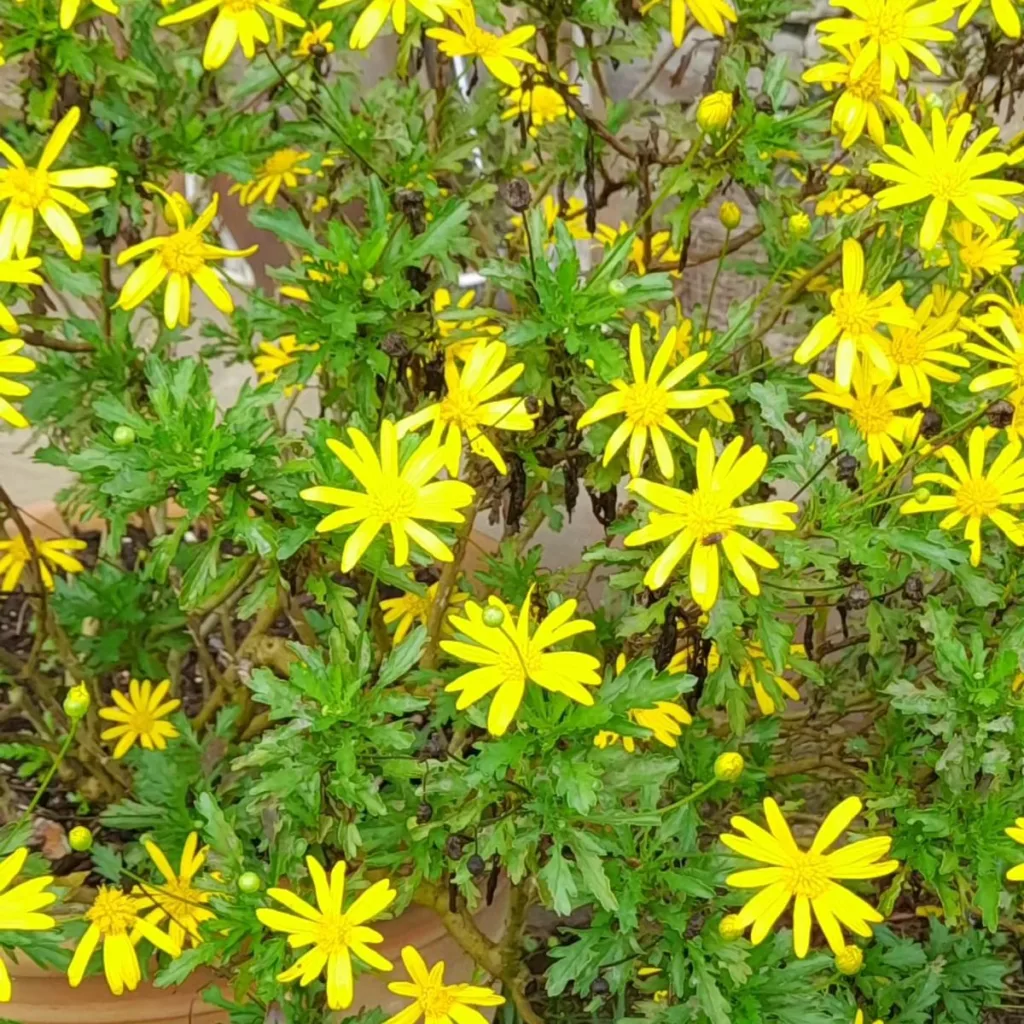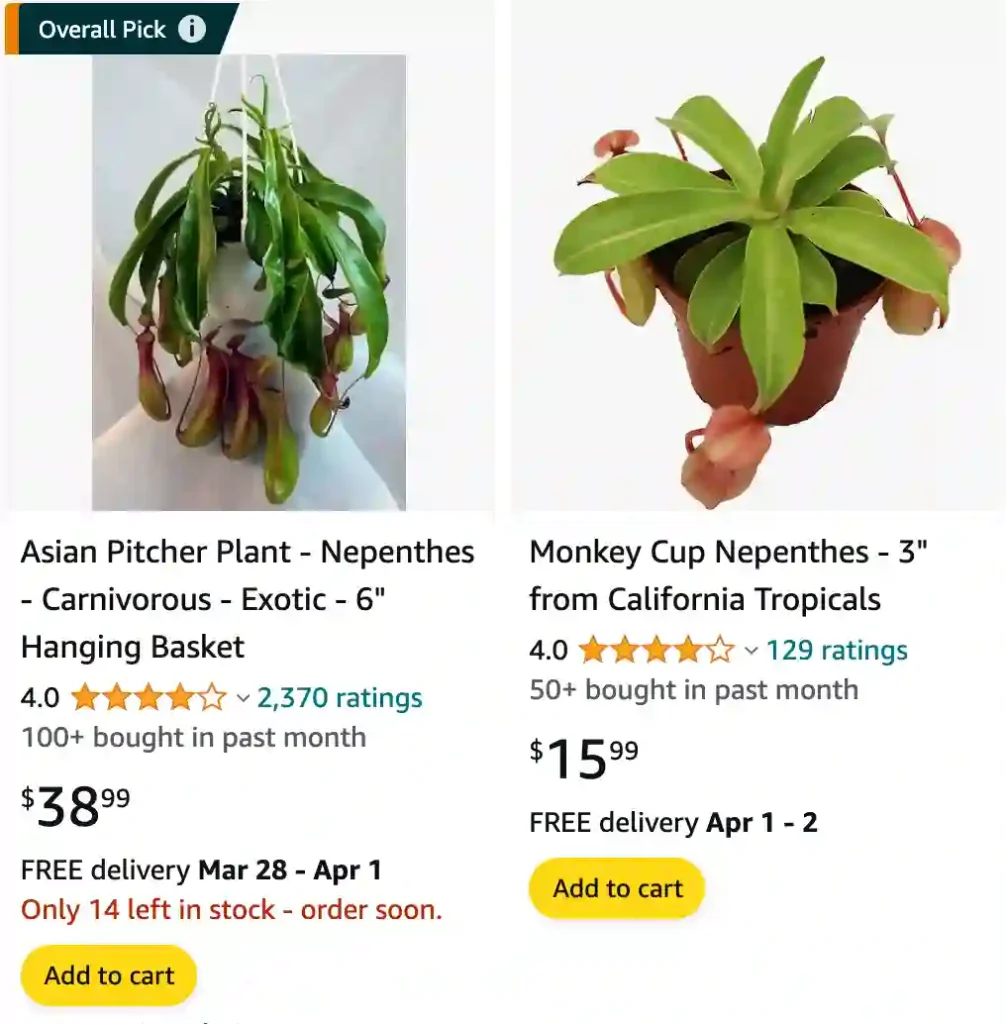
Nepenthes Burkei: A Beginner-Friendly Pitcher Plant with Tropical Flair
Hi, I’m Ferb Vu, and I’m here to answer your questions about the fascinating Nepenthes Burkei, a tropical pitcher plant native to the Philippines. This beauty is not only captivating to look at, but it’s also a carnivorous wonder, attracting and digesting insects with its specialized traps.
Whether you’re a seasoned carnivorous plant enthusiast or a curious beginner, this FAQ will equip you with the knowledge to cultivate this exotic wonder.
Plant Family: Nepenthaceae – 207 Species in Genus Nepenthes
What Makes Nepenthes Burkei Special?
Nepenthes Burkei boasts stunning hourglass-shaped pitchers with a unique charm. These modified leaves range in color from vibrant green to reddish hues, often adorned with red speckles. The flared peristome, the rim of the pitcher, adds a dramatic touch, resembling a trumpet.
This captivating plant isn’t just about aesthetics; it’s a cunning predator. The pitchers lure insects with a combination of vibrant colors, sweet-smelling nectar produced on the peristome, and sometimes, even a slippery surface. Once an unsuspecting insect lands, it loses its footing and tumbles into the pitcher’s digestive fluid below.
Here’s what truly sets Nepenthes Burkei apart:
- Beginner-friendly: Unlike some temperamental Nepenthes species, Burkei is relatively forgiving. Its less demanding requirements make it a perfect choice for novice carnivorous plant enthusiasts.
- Visually striking: The combination of green and red, the hourglass shape, and the flared peristome create a captivating visual that will surely be a conversation starter in your home.
- Compact size: Compared to some Nepenthes that can sprawl several feet, Burkei generally stays manageable, making it ideal for those with limited space.
Nepenthes Burkei vs. Nepenthes Ventricosa
Nepenthes Burkei is often confused with its close relative, Nepenthes Ventricosa. Both share similar characteristics, making identification tricky. Here are some key pointers to help you differentiate:
- Peristome: Burkei’s peristome tends to be wider and more flared compared to Ventricosa’s, which is typically narrower and more cylindrical.
- Coloration: Burkei often displays reddish speckles on its pitchers, a feature less common in Ventricosa.
- Growth habit: Burkei generally has a more compact growth pattern than Ventricosa, which can become quite sprawling over time.
However, it’s important to note that these are just general trends. There can be variations within each species, and some hybrids exist, further blurring the lines. If you’re unsure about the exact identification of your plant, consulting with experienced carnivorous plant growers can be helpful.
How to care for Nepenthes Burkei?
Providing the right environment is key to keeping your Nepenthes Burkei happy and thriving. Here are the essentials:
- Light: Nepenthes Burkei prefers bright, indirect sunlight. Avoid harsh afternoon sun, which can scorch the leaves and pitchers.
- Temperature: Aim for warm temperatures, ideally between 68-86°F (20-30°C). Avoid exposing your plant to sudden temperature fluctuations.
- Humidity: High humidity is crucial for Nepenthes Burkei. Ideally, maintain a humidity level of 70-85%. You can achieve this by using a humidifier, placing your plant on a pebble tray filled with water, or grouping it with other humidity-loving plants.
- Watering: Use only distilled water, rainwater, or reverse osmosis (RO) water. Avoid tap water, as it contains minerals that can harm the plant. Water your Nepenthes Burkei when the top inch of potting medium dries out.
- Feeding: While not essential, you can occasionally provide your plant with a “treat” by offering live insects like fruit flies or bloodworms. Avoid overfeeding, as this can negatively impact pitcher production.
- Potting Medium: Use a well-aerated potting mix specifically designed for carnivorous plants. Sphagnum moss is a popular choice.
Tip: When watering your Nepenthes Burkei, consider filling the pitchers halfway with water. This can provide additional humidity and encourage the production of more pitchers.
Common Nepenthes Burkei Problems and Solutions
Here are some common issues you might encounter with your Nepenthses Burkei and how to address them:
- Brown or crispy leaves: This can be caused by low humidity, excessive sunlight, or underwatering. Increase humidity, adjust light exposure, and ensure proper watering.
- Poor pitcher production: Possible reasons include insufficient light, lack of humidity, or nutrient deficiencies. Make sure your plant receives adequate light, maintain high humidity, and consider occasional feeding with insects or a specially formulated carnivorous plant fertilizer used sparingly.
- Pests: Aphids and mealybugs can occasionally target Nepenthes Burkei. Treat infestations with insecticidal soap or neem oil solution.
Remember: Early detection and intervention are key to resolving any issues with your Nepenthes Burkei. Regularly monitor your plant’s health and address any problems promptly.
Nepenthes Burkei: A Rewarding Addition to Your Plant Collection
With its captivating looks, intriguing carnivorous nature, and manageable care requirements, Nepenthes Burkei is a rewarding addition to any plant collection. By following these simple guidelines, you can create a thriving environment for this unique tropical wonder.
Additional Tips:
- Repot your Nepenthes Burkei every 1-2 years or when the potting medium breaks down.
- Nepenthes Burkei can be propagated through leaf cuttings or division. However, these methods require more advanced techniques and experience.
- Enjoy the unique adaptations of your Nepenthes Burkei! Observe how it attracts and captures prey, and witness the marvel of nature’s engineering.
I hope this FAQ has shed light on the fascinating world of Nepenthes Burkei. If you have any further questions, feel free to reach out to experienced carnivorous plant growers or botanical communities for more specific advice.
Happy Growing!
If i die, water my plants!
